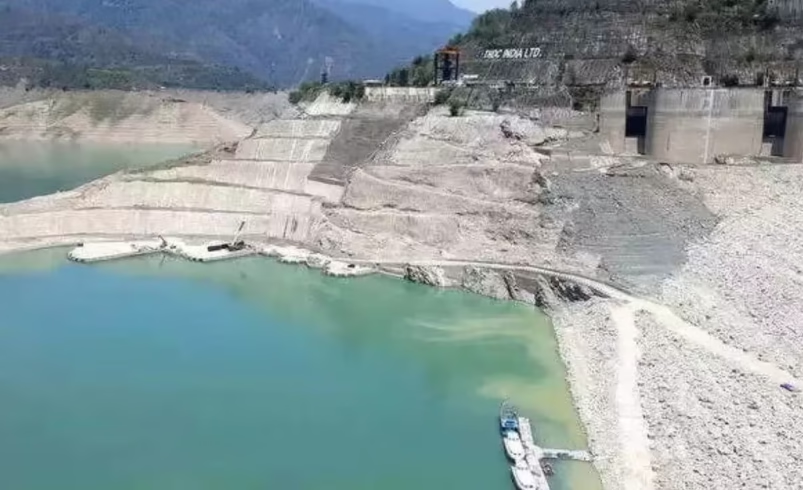Himalayan Dams Face New Guidelines Amid Climate Change Threats
- July 24, 2025
- 0

In light of increasing threats from glacial lake outburst floods (GLOFs), the Central Water Commission has introduced new safety guidelines for over 100 dams situated across six Himalayan states. These measures are a direct response to the growing risks posed by climate change, which has accelerated glacier melting and led to the formation of more glacial lakes. The guidelines aim to enhance the resilience of both existing and future dams in these vulnerable regions.
The rapid melting of glaciers due to rising global temperatures has resulted in the expansion and formation of numerous glacial lakes in the Himalayas. This phenomenon significantly increases the risk of GLOFs, which can cause catastrophic flooding downstream. The new guidelines emphasize the need for increased spillway capacity in new dam constructions to manage potential overflow effectively.
For existing dams, the Central Water Commission has mandated retrofitting measures to improve their ability to withstand sudden surges of water. These retrofits are crucial for minimizing the risk of dam failure and ensuring the safety of communities living downstream. The guidelines also call for regular monitoring and maintenance to address any structural vulnerabilities promptly.
The implementation of these guidelines is critical for safeguarding lives and infrastructure in the Himalayan region. By enhancing dam safety protocols, authorities aim to mitigate the impact of potential GLOFs and protect both human populations and ecosystems. These efforts underscore the importance of proactive measures in adapting to climate change-induced challenges.